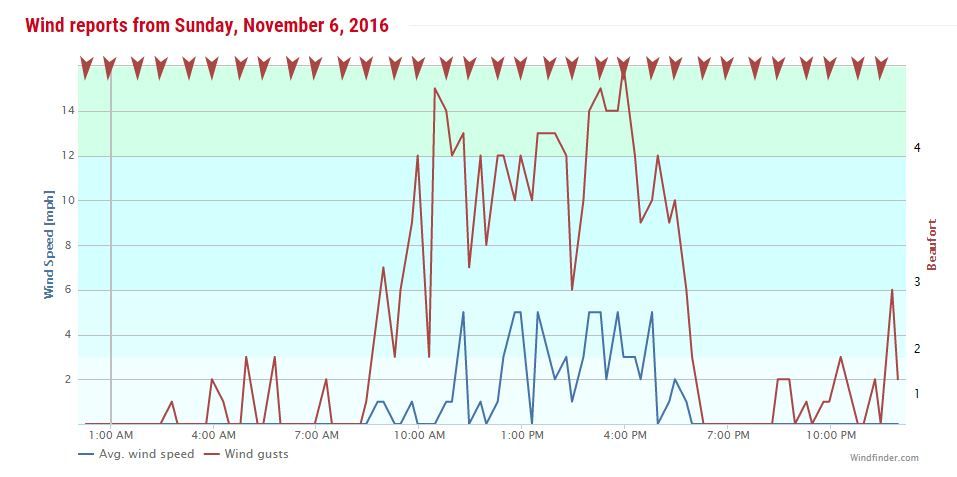if I may inject some more opinion on the closed cell v single skin subject.
the only closed cell I've flown is my Pansh genesis 8 m. it is as different as can be from my peak2 12 as is possible.
the pansh has to be pre-inflated, as it will not fly. so I carry an inflating fan, once full it holds is shape even without wind. this is big benefit
when the kite is forced to land due to gust slap-down or lull. if pilot controls the landing the kite sits at the ready to launch on next gust for
long periods of time
there's this move I do where the kite doesn't have enough power to up-loop but not enough height to down loop and I want it on other side of window, I
will pull the up loop till it stalls, then bar in till kite hits ground on its tai l(with some force) then quick bar out, the kite actually bounces up
and rotates from the friction towards the other side of window. a bounce pass, if you will.
on the other hand, the peak unpacks and is ready for lift off in a pinch. pack up is fast also.
the big difference is once the peak falls, it can be un re-launch able in a moment. it has no structure on the ground. it will drop into a tangled
pile and remain no matter which line combos I pull. in fickle jank winds, walking to the kite and resetting, is required often.
open cells like my apex are a little of both. |








 Glad you had a helmet on when you found out why you need one !!!
Glad you had a helmet on when you found out why you need one !!!  I get a lot of benefit from my :moon: pads on ATB.
I get a lot of benefit from my :moon: pads on ATB. 


